Deadlock in DC: Trump's Shutdown Saga and the Widening Economic Cracks
Washington's fiscal theater has descended into chaos once more, with the U.S. government shutdown grinding into its second week under President Donald Trump. As Senate votes collapse along partis
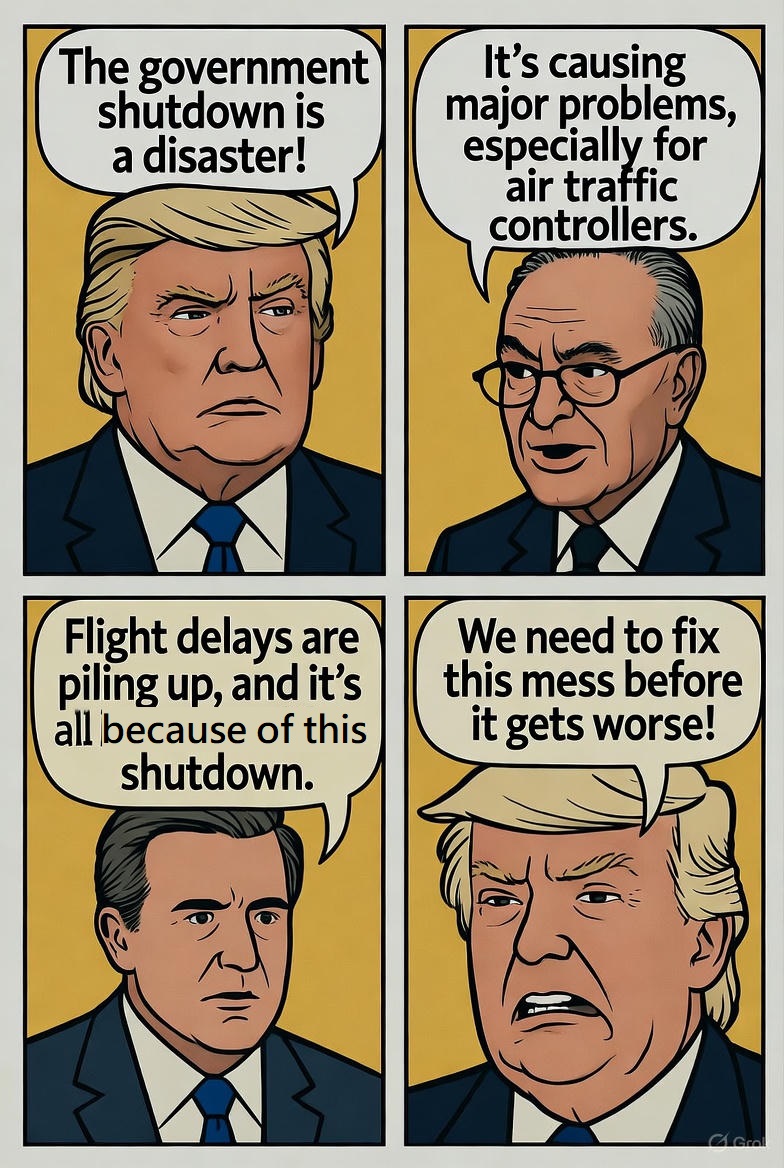
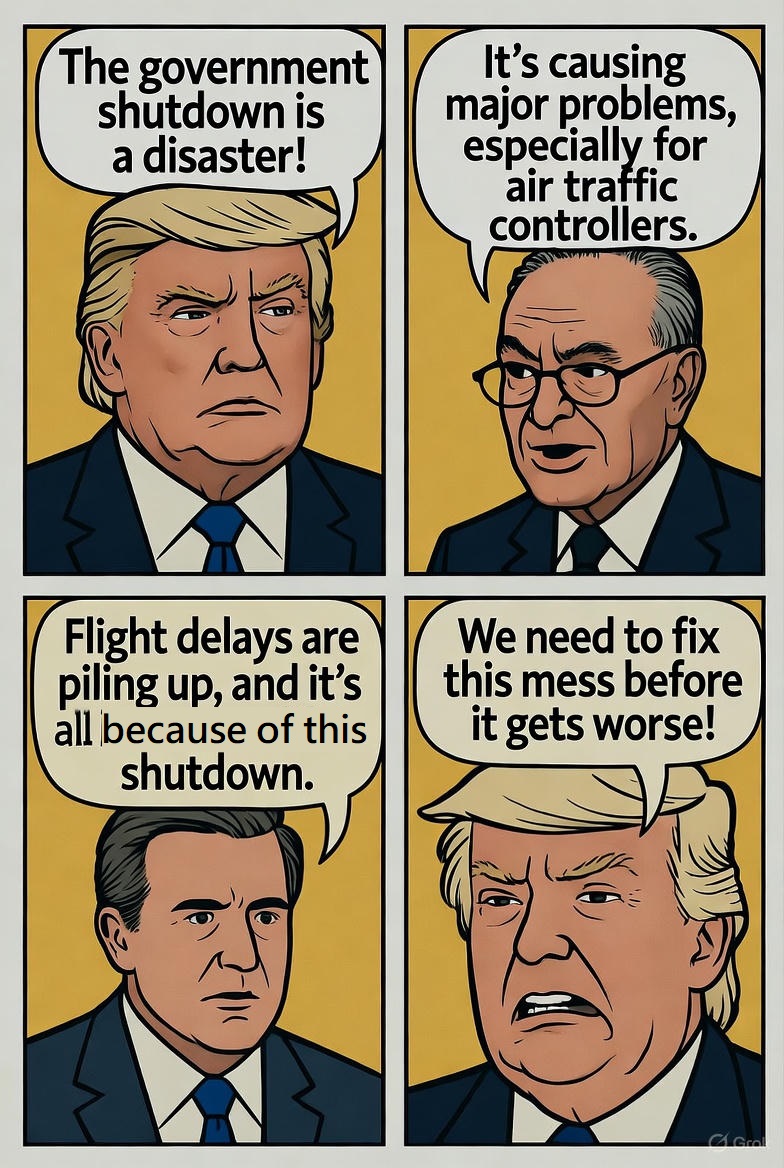
Washington's fiscal theater has descended into chaos once more, with the U.S. government shutdown grinding into its second week under President Donald Trump.
As Senate votes collapse along partisan lines, the impasse isn't just a political spectacle—it's a slow-burning fuse threatening to ignite broader economic disruptions. From delayed economic data crippling investor decisions to flight snarls hobbling airlines, the ripple effects are already surfacing, underscoring how congressional gridlock can cascade into real-world financial pain.
The Stalemate on Capitol Hill
The Senate's rejection of competing funding bills on Wednesday marked another futile lap in this shutdown derby. A Republican-led stopgap, aiming to fund operations through November 21 at current levels while tacking on extra security for lawmakers after the assassination of Charlie Kirk, fell short in a 54-45 vote. Democrats' counterproposal, laden with over $1 trillion in health-care boosts including extended Affordable Care Act subsidies, fared worse at 47-52.
Crossover votes highlighted the fractures: Democrats John Fetterman of Pennsylvania, Catherine Cortez Masto of Nevada, and independent Angus King of Maine sided with Republicans again, while GOP's Rand Paul of Kentucky joined Democrats in opposition. Ted Cruz of Texas sat it out entirely.
These were the sixth failures for such measures, with both sides trading barbs—Senate Minority Leader Chuck Schumer decrying GOP refusal to tackle health-care crises, and Majority Leader John Thune dismissing Democratic demands as dead on arrival in the House or White House.
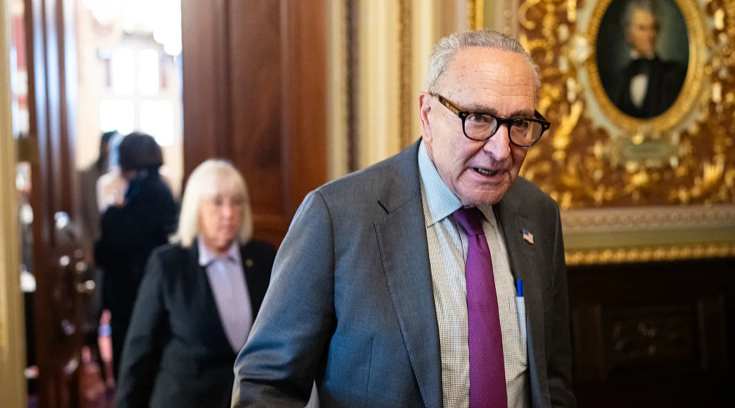
Republicans, clinging to slim majorities, need roughly eight Democratic votes to breach the 60-vote filibuster threshold. Yet Trump and his allies have stonewalled negotiations, accusing Democrats of hostage-taking. House Speaker Mike Johnson affirmed that furloughed workers must receive back pay under law, countering White House threats of mass firings and withheld compensation if the standoff drags on. Senator Susan Collins floated a potential bridge: reopen government first, then discuss ACA extensions. But it swayed no one, leaving the shutdown—a funding gap triggered October 1—as Trump's third in two terms.
Why Shutdowns Persist: A Recurring Fiscal Fiasco
Government shutdowns aren't anomalies; they're baked into America's polarized budgeting process. Since 1981, 15 have occurred, from one-day blips to the record 35-day ordeal in 2018-2019 over Trump's border wall funding. Before then, agencies muddled through funding lapses with retroactive coverage, but modern rules demand stricter halts.
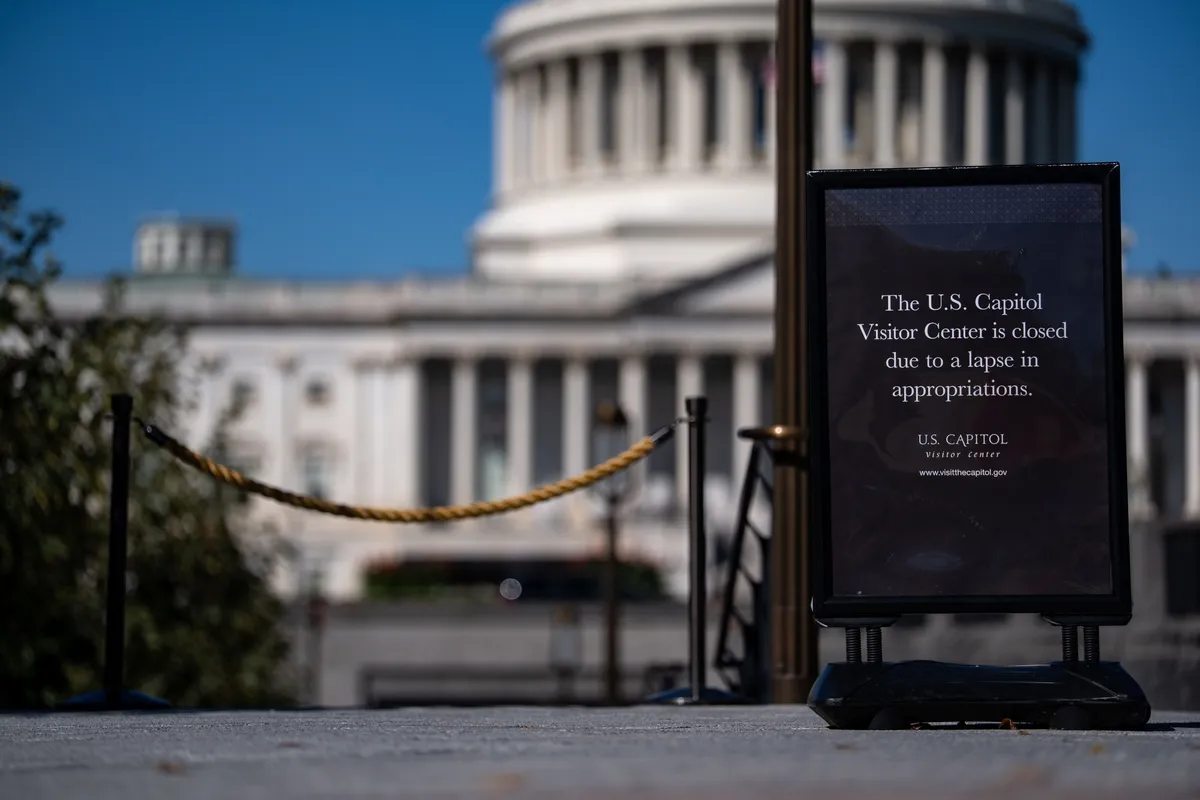
At root, the U.S. operates on 12 annual appropriations bills. When none pass by fiscal year start—zero for 2025—continuing resolutions (CRs) bridge the gap. Three such patches carried through March, but September's failure sparked this closure, the first in nearly seven years. Democrats insist on extending ACA premium subsidies and reversing Medicaid cuts, plus curbs on Trump's spending vetoes. Republicans balk, viewing it as overreach.
The mechanics are straightforward but punishing: Non-essential functions cease, furloughing workers while essentials—like law enforcement—continue unpaid. A 2019 law ensures back pay post-shutdown, but the immediate sting is real. The Congressional Budget Office pegs 750,000 furloughed employees in this round, costing $400 million daily in lost wages alone.
Immediate Toll on Workers and Services
Furloughs hit hard, idling hundreds of thousands without immediate pay. Essential staff, from air traffic controllers to veterans' medical providers, toil on amid uncertainty. Past shutdowns saw sick calls spike, as in 2019 when controllers' walkout threats accelerated resolution. Private contractors, like those servicing federal buildings or SpaceX deals, absorb revenue hits without guaranteed back pay— a raw deal for janitors and engineers alike.
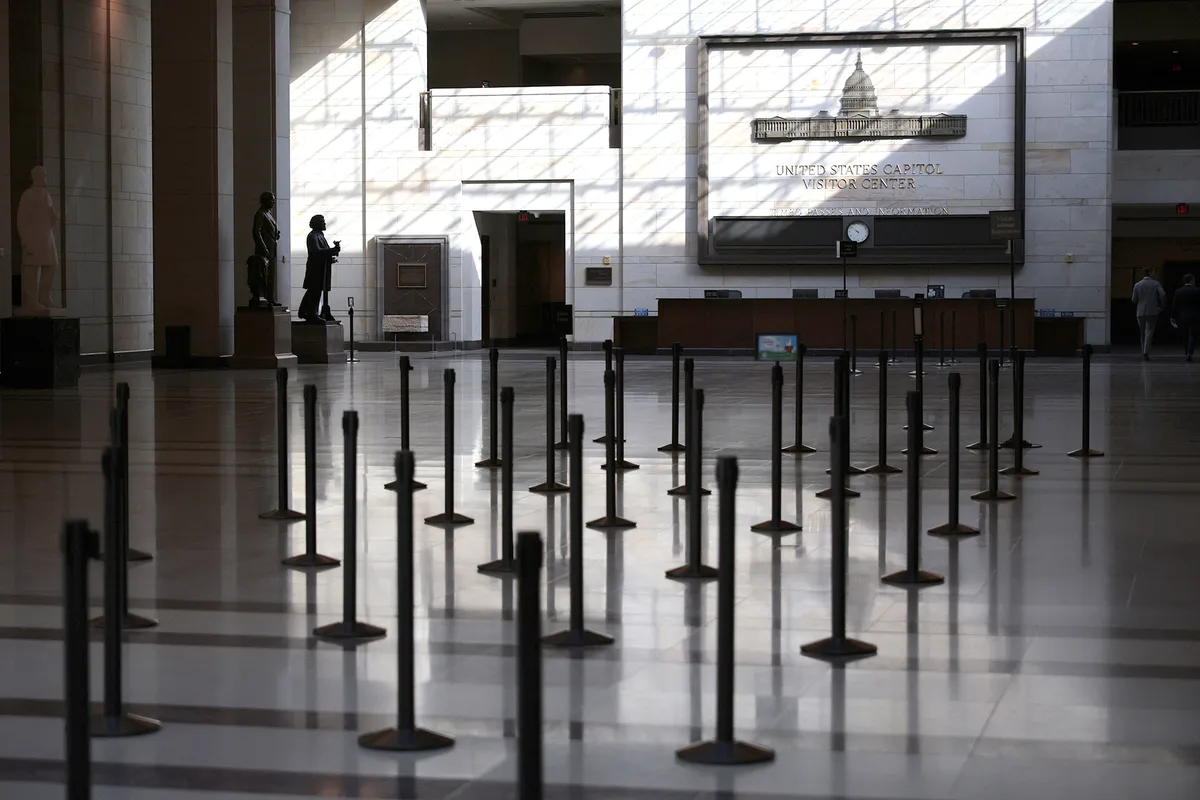
Services grind to a halt selectively. National parks stay open, dipping into fees for basics, but Smithsonian museums shutter. Passport and visa processing slows, civil-rights probes pause, and financial market oversight lapses. Critically, the Bureau of Labor Statistics closes shop, starving the Federal Reserve and markets of key benchmarks. The Census Bureau and Bureau of Economic Analysis halt data collection, blurring economic visibility. The Food and Drug Administration rejects new drug applications, potentially stalling pharma pipelines, while Centers for Medicare and Medicaid Services pause casework, risking delays in health entitlements.
Mandatory programs like Social Security and Medicare chug on, distributing checks, but ancillary services suffer—new enrollments or address changes stalled in 1996's shutdown. Food stamps and child nutrition draw on carryover funds temporarily, per Agriculture Department plans, averting immediate crises but inviting longer-term shortfalls.
Aviation Under Strain: Delays and Disconnections
The shutdown's turbulence is most visible in the skies. Airports from Chicago's O'Hare to Dallas Fort Worth and Nashville have endured delays this week, with O'Hare flights lagging 41 minutes Tuesday evening due to air traffic controller shortages. Over 13,000 controllers and 61,000 Transportation Security Administration screeners work unpaid, echoing past absenteeism surges that amplified chaos.
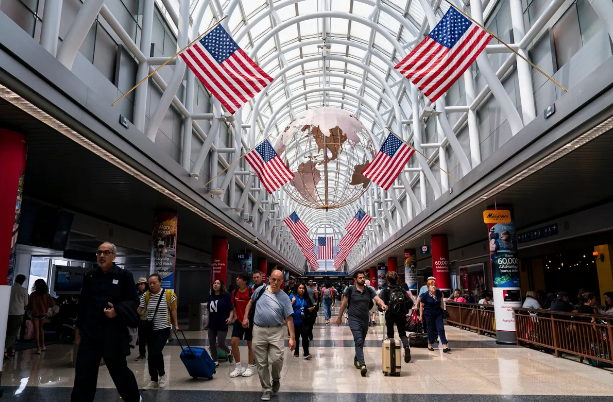
While 92% of flights departed on time Tuesday per analytics firm Cirium, the strain persists. A deeper threat looms: the Essential Air Service program, subsidizing flights to 170 rural U.S. and Puerto Rican communities, could lapse by Sunday without funding. Born from 1978 airline deregulation, it props up unprofitable routes lawmakers from both parties cherish. Its demise would isolate small towns, hammering local economies reliant on connectivity—think tourism dips, business travel halts, and cargo delays rippling to suppliers.
Airlines like American, hubbed in Dallas, face cascading costs from delays, potentially eroding profits and stock values. Investors eye this closely: prolonged disruptions could dent consumer confidence, already fragile amid fiscal uncertainty.
Path to Resolution: Flickers Amid the Fog
As blame volleys—Schumer lambasting GOP health-care neglect, Thune retorting Democratic overreach—the off-ramp remains elusive. Collins' proposal hints at post-reopening talks, but partisan trenches run deep. Trump’s threats of firings add venom, though Johnson's back-pay nod offers a counterweight.
History suggests shutdowns end when pain mounts: public outcry, economic data voids, or electoral pressures. With midterm echoes fading, this could drag, but aviation woes and rural flight cuts might force hands. Investors, meanwhile, hedge against uncertainty, eyeing bonds and defensives.
In this fiscal brinkmanship, the real losers aren't just furloughed workers but the economy's fragile momentum. As delays compound and services fray, Washington's dysfunction exacts a steep, avoidable toll—one that markets won't forgive lightly.
Disclaimer: The views in this article are from the original Creator and do not represent the views or position of Hawk Insight. The content of the article is for reference, communication and learning only, and does not constitute investment advice. If it involves copyright issues, please contact us for deletion.